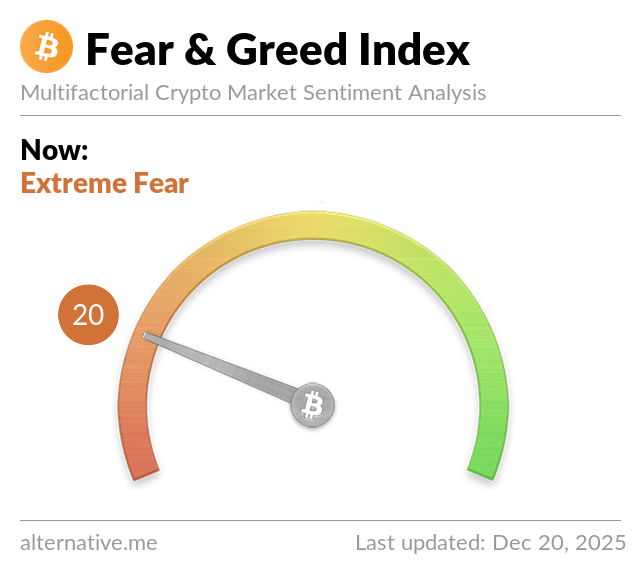Ethereum (ETH), the brainchild of Vitalik Buterin, has emerged as a dominant force within the cryptocurrency landscape. Often referred to as the "world computer," Ethereum is more than just a digital currency. It's a programmable blockchain platform that allows developers to build and deploy decentralized applications (dApps) and smart contracts.
This article delves into the core functionalities of Ethereum, explores its advantages and limitations, and analyzes its future potential.
Core Functionalities: Beyond Transactions
While Ethereum facilitates peer-to-peer transactions of its native token, Ether (ETH), its true power lies in its ability to execute smart contracts. Smart contracts are self-executing agreements written in code and stored on the Ethereum blockchain. Once deployed, these contracts operate autonomously according to their predetermined terms, eliminating the need for intermediaries.
This functionality unlocks a vast array of applications. For example, Ethereum can be used to:
- Create and manage Decentralized Finance (DeFi) protocols: DeFi platforms offer an alternative financial system built on blockchain technology, enabling lending, borrowing, and trading without traditional financial institutions.
- Develop Non-Fungible Tokens (NFTs): NFTs represent unique digital assets with verifiable ownership on the blockchain. This technology has revolutionized the art, gaming, and collectibles industries.
- Facilitate supply chain management: By tracking the movement of goods and materials on the blockchain, Ethereum can enhance transparency and efficiency within supply chains.
- Power Decentralized Autonomous Organizations (DAOs): DAOs are internet-native communities governed by rules encoded on the blockchain, potentially disrupting traditional governance models.
Advantages of Ethereum: Powering Innovation
Several factors contribute to Ethereum's success:
- Decentralization: Ethereum operates on a decentralized network, meaning no single entity controls it. This fosters trust and security, as transactions are recorded on a public ledger accessible to all participants.
- Programmability: Ethereum's smart contract functionality allows for the creation of a vast array of innovative applications, making it a flexible platform for developers.
- Large and Active Community: Ethereum boasts a large and active developer community, constantly innovating and expanding the platform's capabilities.
- Established Network Effect: Ethereum benefits from a strong network effect, as its extensive user base and existing applications attract further development and adoption.
Limitations and Challenges: The Road Ahead
Despite its advantages, Ethereum faces some challenges:
- Scalability: Ethereum's current architecture can struggle to handle large transaction volumes, leading to network congestion and high fees. This can be a barrier to mainstream adoption.
- Security Concerns: While generally secure, the Ethereum network has been targeted by hackers in the past. Continued development is crucial to mitigate these risks.
- Energy Consumption: Proof-of-Work (PoW), the current consensus mechanism used by Ethereum, consumes significant energy. The upcoming transition to Proof-of-Stake (PoS) is expected to address this concern.
The Ethereum 2.0 Upgrade: A New Era Dawns
The Ethereum 2.0 upgrade, also known as Serenity, is a multi-phased process designed to address scalability concerns and improve the overall functionality of the network. Key components of this upgrade include:
- Proof-of-Stake (PoS): This consensus mechanism will significantly reduce energy consumption compared to PoW.
- Sharding: Sharding will split the Ethereum blockchain into multiple shards, allowing for parallel processing of transactions and increasing network capacity.
- Beacon Chain: The Beacon Chain will act as a central coordination point for the sharded blockchain, ensuring security and consensus.
The successful implementation of Ethereum 2.0 is expected to solidify Ethereum's position as a leading blockchain platform and pave the way for broader adoption of dApps, DeFi, and other innovative applications.
Conclusion: A Future Full of Potential
Ethereum has established itself as a cornerstone of the blockchain revolution. Its emphasis on decentralization, programmability, and a vibrant developer community has fostered a thriving ecosystem brimming with possibilities. However, overcoming scalability limitations and ensuring security are crucial for continued growth. The upcoming Ethereum 2.0 upgrade signifies a critical step towards a more robust and scalable future. As the blockchain space continues to evolve, Ethereum remains well-positioned to be a major player in shaping the decentralized future.
















